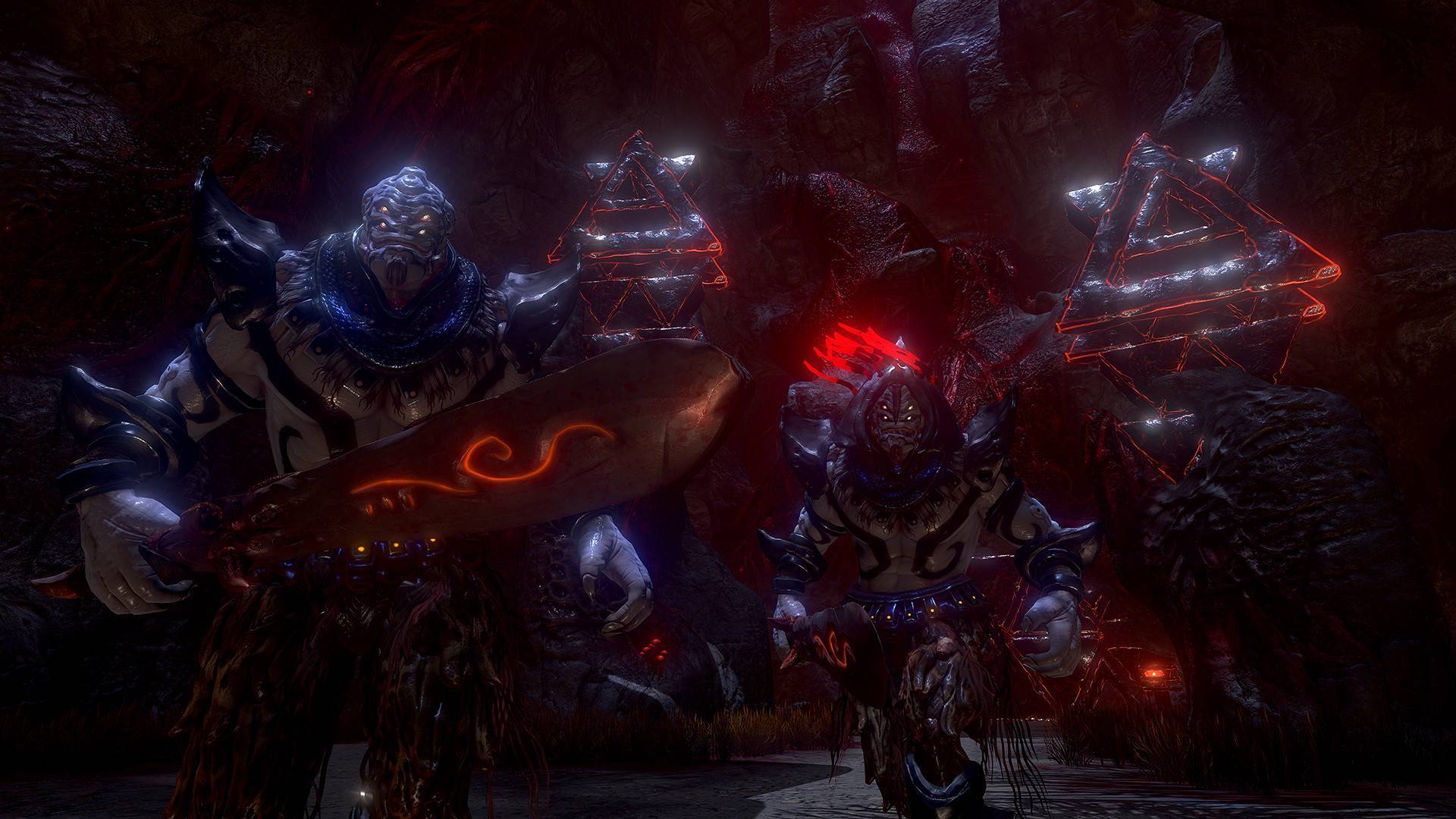


Salamanders and Lizards face a variety of threats in Michigan such as habitat loss, pollution, and illegal collection. Eggs incubated at warmer temperatures tend to be males, while females result from cooler temperatures.
Temperature can influence the gender of the young. Eggs usually hatch in the late summer or early fall. Michigan lizards may lay 2 to 18 eggs and some older female race runners may lay a second clutch of eggs later in the summer. Female skinks may protect their eggs from small predators, whereas the female racerunner does not. Eggs are laid in a sheltered spot, such as in a burrow or under a log, stump, or rock. Males aggressively defend their territories from other adult males during the spring breeding season. Salamanders will often remain fully carnivorous as an adult and reach maturity after a few years. Salamander larvae often feed on aquatic animals including insect larvae, copepods, and fairy shrimp. For most species, during the larvae to adult transformation, the gills and tail fin are absorbed as lungs take over respiration and the legs grow stronger. Most salamander larvae retain externally visible gills however, they soon develop their front legs and then hind legs. Individual egg masses may contain as few as one egg up to about 250 eggs, with some species laying up to 1,000 eggs per season!. Most salamanders deposit the gelatinous egg masses onto sticks, rocks, leaves, stems, moss, bark, or rotted logs. Sometimes this behavior looks like some type of “dance.” Courtship usually involves the male bumping and nudging the female with his snout or rubbing her with his chin. Courtship may be simple or elaborate and occur on land or in water, depending on the species. These include the marbled salamander and the mudpuppy which breed in the fall, the four-toed salamander that breeds in late summer and fall, and the red-backed salamander which breeds in the fall through winter and early spring in some places. Most Michigan salamanders begin breeding in the spring months with a few exceptions. Lizards bask in the sun to raise their body temperature and are less active on cooler or hot days.  Lizards communicate with one another using odors and body movements. They may also use their tongue to “smell” chemical clues like snakes do. When lizards hunt for insects and small invertebrates they usually hunt by using sight or smell.
Lizards communicate with one another using odors and body movements. They may also use their tongue to “smell” chemical clues like snakes do. When lizards hunt for insects and small invertebrates they usually hunt by using sight or smell. #Forest and den key for wizards lizard skin#
Lizards have dry scaly skin and clawed toes. The lost tailpiece will continue to wriggle and distracts the predator long enough for the lizard to escape. Lizards (and some species of salamanders) can drop portions of their tail if they are attacked by a predator. Some species of salamanders, such as the eastern newt eft, have skin glands that produce distasteful or poisonous substances to repel predators. like mammals, snakes, and birds, only during the brief spring breeding season. Most species of salamanders (once they become terrestrial adults) spend the vast majority of their time hidden in soil or forest debris and are vulnerable to predators. Most adult salamanders also breathe with lungs, though the little red-backed and four-toed salamanders lack lungs completely, and do all of their breathing through their skin. Salamanders can absorb water, and even “breathe” through their skin. They are omnivorous and feed on insects, snails, spiders, and invertebrates. The giant tegu is capable of running at high speeds for short distances they charge at preys and other lizards.The tegu is among the few lizards that can regulate temperature during the reproductive season. These lizards inhabit the semi-deserts, savanna, and tropical rainforests of Central and South America. It is the largest of the tegu lizards with adult males growing to between 4.0 and 4.5 ft. The giant tegu is also known as the black and white tegu. The following are the largest living lizards. 
Large lizards such as the Komodo prey on large animals such as water buffaloes while smaller lizards such as the chameleon prey on insects. Lizards are territorial males fight for control of territories but tolerate the presence of females. Some lizards have no limbs and are more snake-like in apperances. They are mostly quadrupedal meaning they move on four limbs with a side-to-side motion. Lizards vary in size from the small chameleons to the large Komodo dragons. They are found in all continents except Antarctica. Lizards are part of squamate reptiles that include more than six thousands species.








 0 kommentar(er)
0 kommentar(er)
